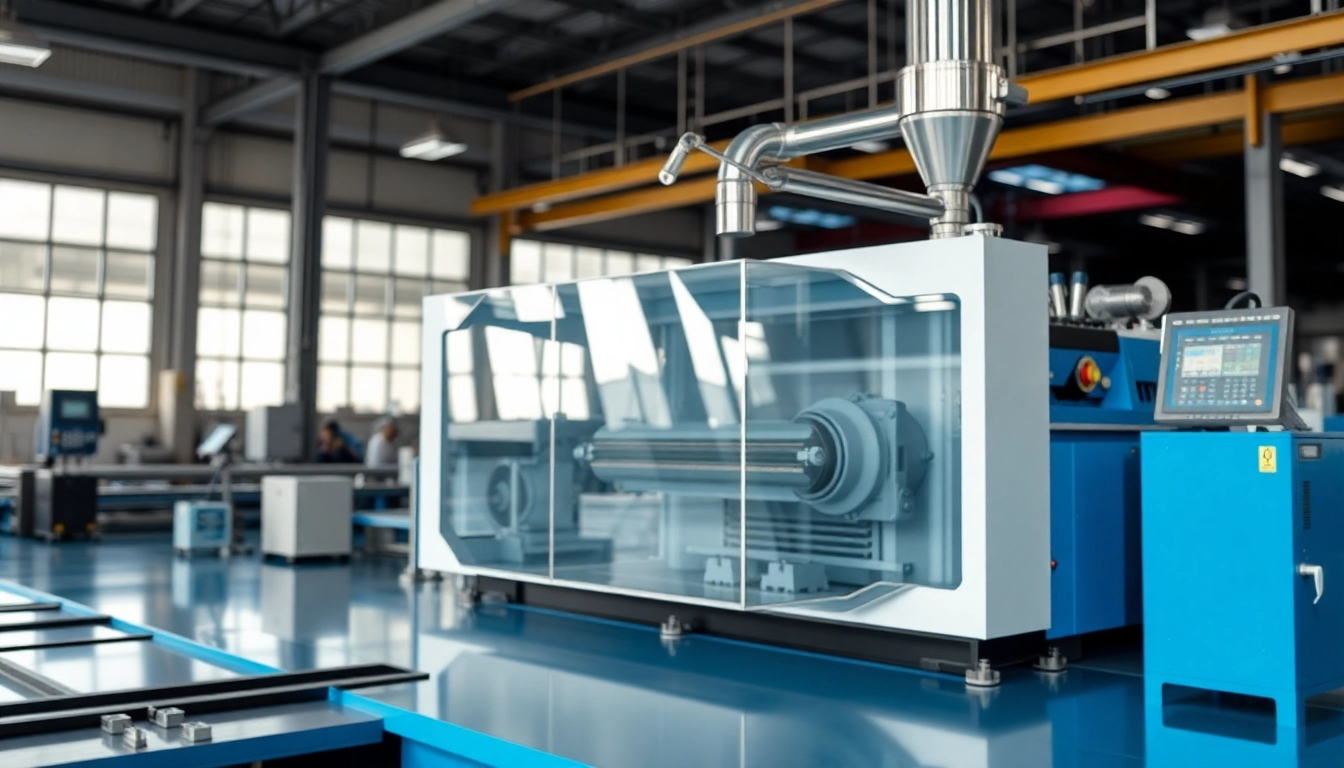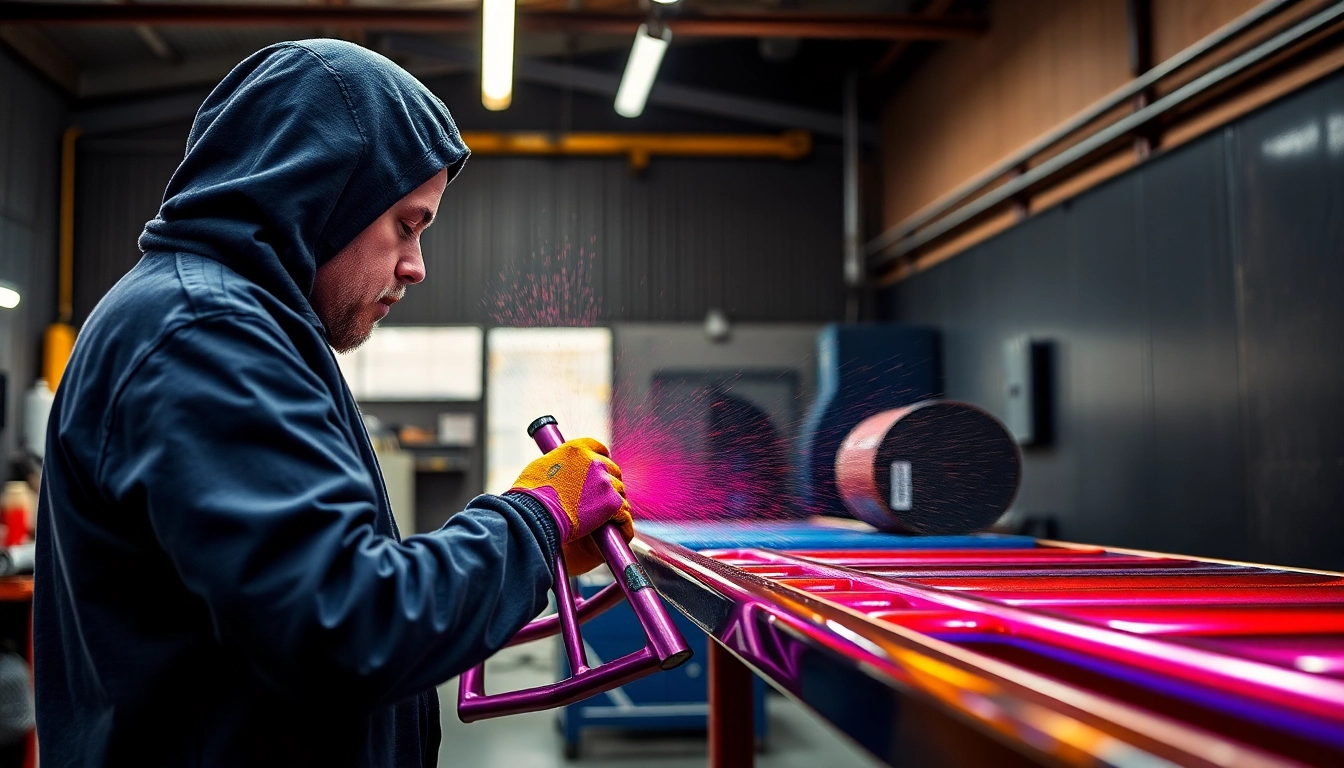Understanding Laminating Resin
Laminating resin is a crucial material in various industries, especially in manufacturing and restoration processes. Its primary purpose is to bond different materials together, providing structural integrity and desired aesthetics. When considering materials for composite structures or marine applications, the characteristics and application techniques of laminating resin significantly impact the performance and lifespan of the end product. This comprehensive guide will delve into the various aspects of laminating resin, its applications, benefits, and best practices for efficient use.
What is Laminating Resin?
Laminating resin refers to a synthetic polymer that is primarily used in layering processes to create strong and durable composite materials. It can be made from different chemical bases, resulting in various forms such as polyester, epoxy, and vinyl ester resins. These resins are typically used in conjunction with reinforcing materials like fiberglass, carbon fiber, or aramid fiber, to enhance mechanical properties.
Types of Laminating Resin
Understanding the different types of laminating resins is essential for selecting the right material for specific applications:
- Polyester Laminating Resin: Known for its affordability and versatility, polyester laminating resin is commonly used in boat building and other marine applications. It offers good mechanical strength but is less resilient than epoxy resins.
- Epoxy Laminating Resin: This type offers superior adhesive qualities and excellent mechanical properties. Epoxy resins are ideal for projects requiring enhanced durability and resistance to environmental factors.
- Vinyl Ester Laminating Resin: Combining advantages from both polyester and epoxy, vinyl ester laminating resin provides good strength and excellent resistance against moisture and corrosion, making it suitable for demanding applications.
Key Properties of Laminating Resin
The properties of laminating resin greatly influence its effectiveness in applications. Key properties include:
- Viscosity: A critical factor in application techniques, viscosity affects how easily the resin can be spread and manipulated. Low-viscosity resins are preferable for intricate detailing, while higher-viscosity options may be used for thicker layers.
- Cure Time: The time it takes for the resin to harden is essential for planning production schedules. Quick-setting resins may help reduce downtime, while slower-curing options may offer better control during application.
- Flexural Strength: This measures the resin’s ability to resist deformation under load. A higher flexural strength indicates a more robust composite structure.
- Thermal Stability: High thermal resistance indicates the resin can withstand heat without degrading, crucial for applications exposed to high temperatures.
- Resistance to Chemicals and Moisture: Different laminating resins offer varying levels of resistance to chemicals and moisture, impacting their suitability for marine or industrial settings.
Applications of Laminating Resin
Laminating resin finds widespread use across various industries due to its effectiveness in creating strong, lightweight materials. Its applications extend beyond simple bonding, encompassing a range of projects requiring precision and durability.
Common Uses in Boat Building
Boat building is one of the most prominent applications for laminating resin. The properties of laminating resin ensure that boats not only perform well but also withstand harsh marine environments. Key applications include:
- Hull Construction: Laminating resin is used to bond fiberglass layers, providing strong and lightweight hulls.
- Interior Components: It is applied in constructing decks, transoms, and other structural components requiring durability and safety.
- Repairs and Maintenance: Laminating resin is essential for repairs, allowing for effective bonding of damaged areas without compromising the overall integrity of the vessel.
Industries Utilizing Laminating Resin
Beyond marine applications, laminating resin is instrumental in various industries, including:
- Aerospace: The lightweight yet robust nature of laminated composites makes them ideal for aircraft components.
- Automotive: Laminating resin is used in the manufacturing of vehicles, particularly in creating body panels and reinforced parts.
- Construction: Laminated materials are employed in building facades and structural elements, enhancing both aesthetics and performance.
- Sports Equipment: High-performance sports gear, such as bicycles and surfboards, often utilizes laminating resin for its strength-to-weight ratio.
Comparison with Other Resins
When selecting a resin for specific applications, it is crucial to compare laminating resin with other types, such as adhesive or coating resins. Unlike adhesive resins, which focus on bonding surfaces, laminating resin is specifically designed to create composite layers, making it essential for strength and structural integrity. In contrast to coating resins, which provide a protective finish, laminating resin forms the core strength of composite materials.
Benefits of Using Laminating Resin
Using laminating resin in projects offers numerous advantages that can significantly enhance the outcome and performance of manufactured products. Here are some key benefits:
Durability and Strength
One of the most critical reasons to utilize laminating resin is its ability to provide immense durability and strength to composite structures. Laminating resins create bonds that resist stress and strain, resulting in products that can endure harsh environments and heavy usage.
Cost-Effectiveness in Projects
Laminating resin proves to be a cost-effective solution in the long run. Though initial material costs may vary, the strength and durability offered help reduce expenses related to repairs and maintenance. Moreover, the efficiency of using laminating resins in manufacturing processes can lead to lower production costs.
Environmental Resistance
Many laminating resins provide excellent resistance to environmental factors, including moisture, UV radiation, and chemicals. This characteristic is particularly critical in marine and outdoor applications, where exposure to elements could compromise the material’s integrity.
Best Practices for Working with Laminating Resin
Successful application of laminating resin requires adherence to proper techniques throughout the preparation, mixing, application, and curing processes.
Preparation and Setup
Before starting any project, proper preparation is essential:
- Workspace Organization: Ensure that your workspace is clean and organized to minimize risks of contamination.
- Material Selection: Choose the appropriate laminating resin type for specific applications, considering factors like viscosity, cure time, and environmental resistance.
- Safety Equipment: Equip yourself with the necessary personal protective equipment, including gloves, goggles, and masks, to safeguard against fumes and skin contact.
Mixing and Application Techniques
Correct mixing and application techniques are vital for achieving optimal results:
- Proportions: Follow manufacturer guidelines for mixing resin and hardeners to ensure desired curing characteristics.
- Consistency: Aim for a homogenous mixture without bubbles, which could weaken the final product.
- Layering: When applying multiple layers, allow the initial layer to cure adequately before proceeding with the next, ensuring maximum adhesion.
Post-Application Care and Curing
Curing is a critical phase that requires attention:
- Temperature and Humidity Control: Maintain stable temperature and humidity levels in the curing environment as recommended by the resin manufacturer to ensure proper set-up.
- Avoid Physical Stress: Prevent any stresses on the material until fully cured, as premature handling can lead to defects.
- Inspection: Once cured, inspect the composite material thoroughly to ensure that there are no defects that could affect performance.
Performance Metrics and Troubleshooting
Understanding how to evaluate the performance of laminating resin in applications is crucial for producing high-quality products.
Evaluating the Finished Product
Post-production evaluation involves various tests to determine the effectiveness of the laminating resin, including:
- Tensile Strength Tests: Measure the force required to pull the material apart, which indicates the bond strength achieved.
- Flexural Testing: Assesses how well the product can resist deformation when subjected to bending forces.
- Impact Resistance: Evaluating how well the composite can withstand sudden force or shock without failing.
Common Issues and How to Resolve Them
Working with laminating resin can present challenges; however, most issues can be resolved:
- Air Bubbles: If bubbles appear in the cured resin, ensure proper mixing techniques and reduce the introduction of air during application.
- Inadequate Bonding: This can result from improper layer application. Ensure complete curing of each layer before adding additional layers.
- Gel Time Management: Understand the gel time of your resin to work within the optimal window for application.
Improving Efficiency with Laminating Resin
Efficiency in using laminating resin can be optimized by implementing smart strategies:
- Batch Mixing: For large projects, mix larger batches to minimize time losses and improve workflow.
- Automation: Consider automation for repetitive tasks to enhance precision and reduce labor time.
- Training: Offer training to staff on best practices for working with laminating resin to minimize errors and enhance product quality.



